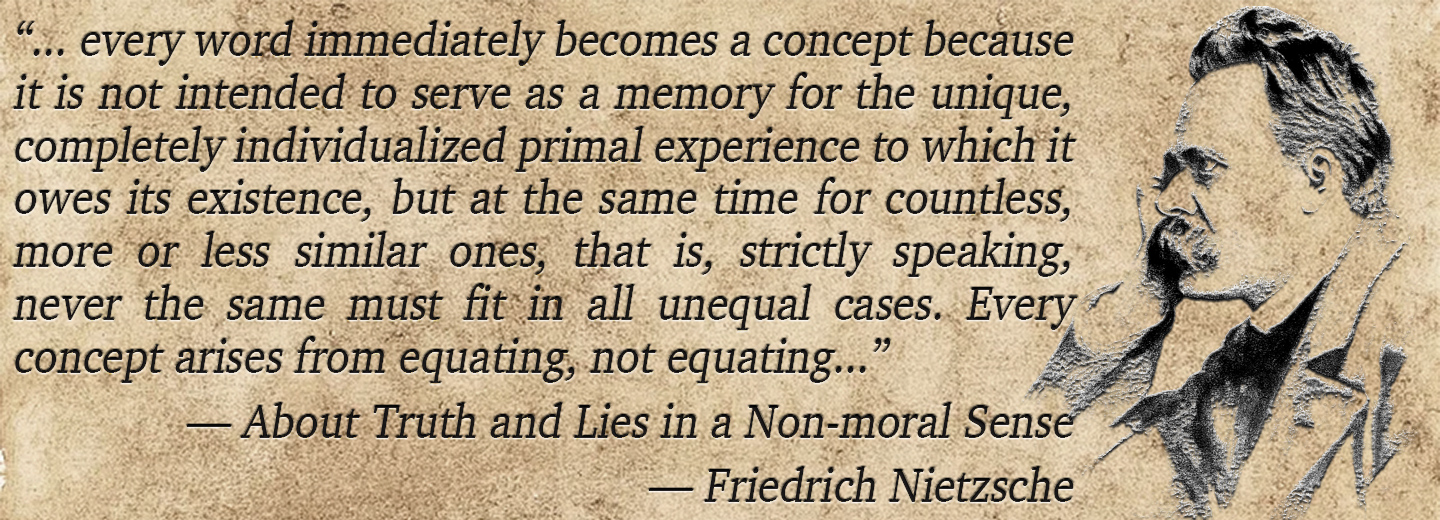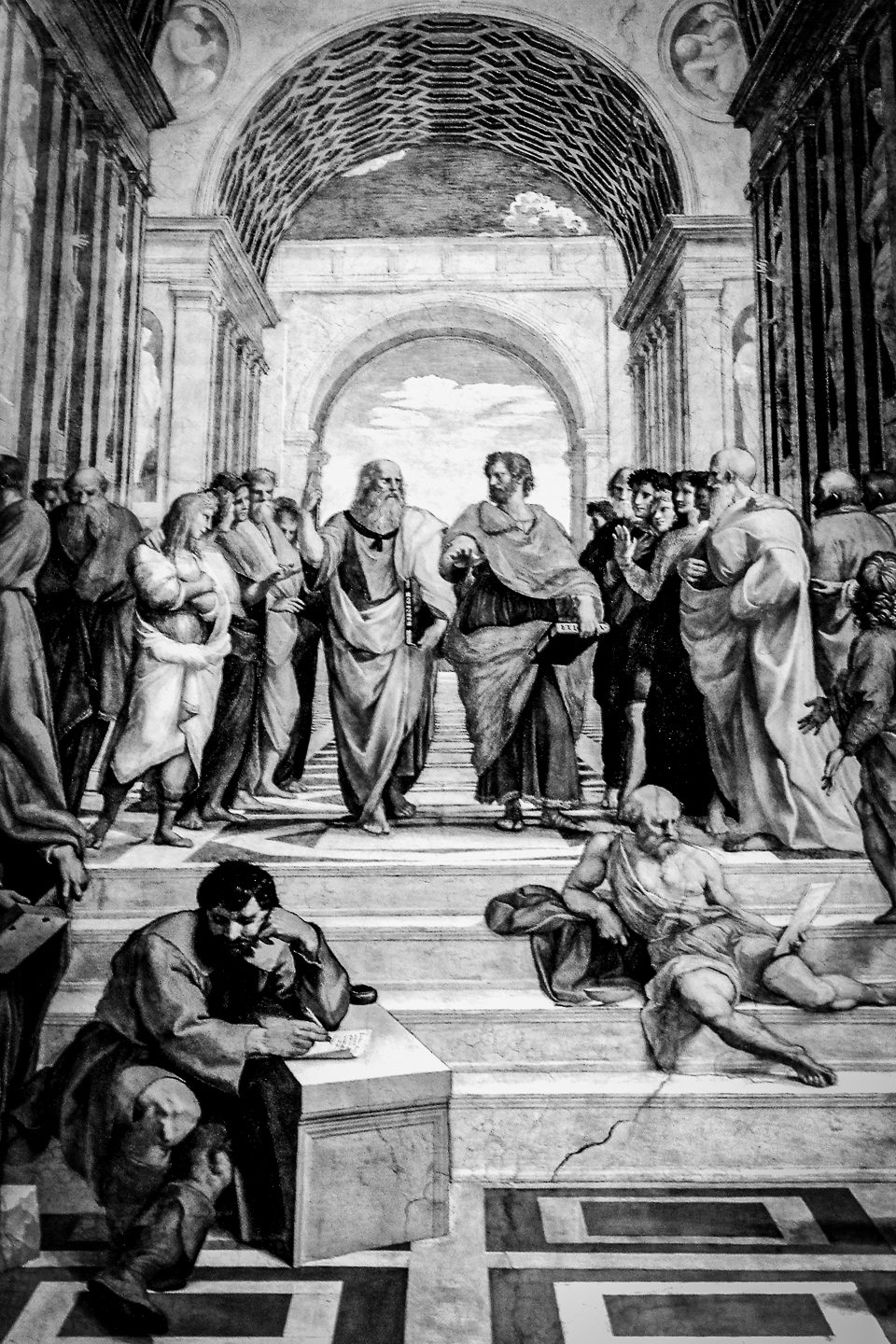
In the profound verses of Lao-Tzu’s “Tao Te Ching,” we encounter timeless wisdom that transcends the boundaries of time and culture. Among these, the aphorism “Recognize beauty and ugliness is born. Recognize good and evil is born. Is and Isn’t produce each other” stands as a beacon illuminating the interconnectedness of all phenomena.
Lao-Tzu’s teachings urge us to perceive the world not through a lens of duality but rather through the lens of unity. The concepts of “Is” and “Isn’t” symbolize existence and non-existence, presence and absence, in a perpetual dance of creation and dissolution. This philosophical perspective echoes the Taoist principle of yin and yang, where seemingly opposing forces are actually complementary and give rise to one another.
However, upon closer examination, one might find nuances in Lao-Tzu’s wisdom, particularly in the initial juxtaposition of “beauty and ugliness,” “good and evil,” and “love and hate.” While these pairs of opposites may appear starkly contrasted, they also imply a spectrum of experiences rather than rigid categorizations. In acknowledging beauty, we implicitly recognize the absence of beauty elsewhere, without necessarily implying ugliness. Similarly, the recognition of good suggests the existence of its absence, without necessitating the presence of evil.

This nuanced understanding leads us to reflect on the power of labeling and its potential consequences. Words laden with negative connotations can inflict deep emotional wounds, leaving lasting scars on individuals and communities. Nietzsche’s insight into the nature of language resonates here, emphasizing the tendency of words to become generalized concepts rather than expressions of unique experiences.
Consider the ripple effect of labeling—a cascade of associations triggered by a single word or phrase. Our brains, in their quest for efficiency, form connections between similar experiences, perpetuating patterns of thought and perception. Thus, when confronted with terms like “ugliness” or “badness,” our minds inadvertently summon a host of related images and memories, perpetuating a cycle of negativity.
To break free from this cycle, we must reframe our language and mindset. By focusing on absence rather than imaginary opposites, we shift our attention away from polarized distinctions and towards a more nuanced understanding of reality. In doing so, we not only alleviate the burden of negative labeling but also cultivate a deeper appreciation for the complexity and interconnectedness of existence.
In essence, Lao-Tzu’s aphorism serves as a reminder to transcend the limitations of dualistic thinking and embrace the inherent unity of all things. By recognizing the interplay of “Is and Isn’t,” we open ourselves to a world of infinite possibilities, where beauty coexists with its absence, and goodness transcends the boundaries of evil. In this way, we honor the profound wisdom of the Tao and strive towards a more harmonious relationship with the universe.

Leave a Reply
You must be logged in to post a comment.